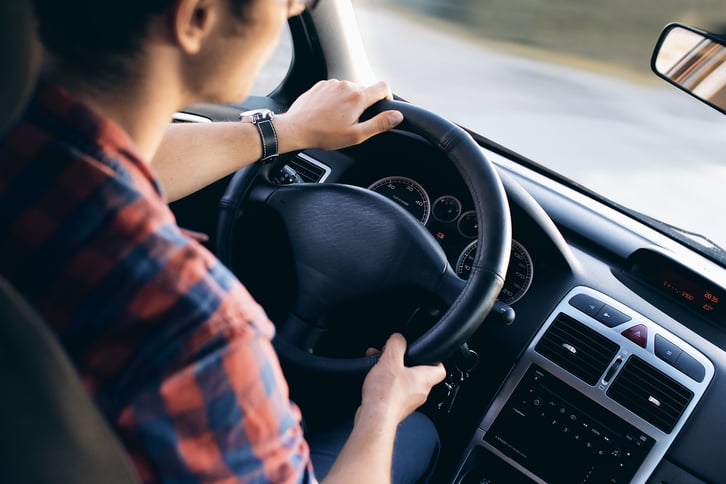
Nowadays, paperless vehicle checks are a more than valid alternative to their traditional counterparts. The possibility of doing paperless checks with the help of an app that automatically manages and logs data according to standards set by the compliance software is something that can really save time and money for companies as well as prevent errors in the process.
We have already considered what could be some of the reasons in favour of switching from traditional to paperless ways of carrying out vehicle checks, and we have also examined how important it is to have the collaboration of drivers in order to get the maintenance of your fleet up and running. But how would drivers take the news that you intend switching to a paperless system? How can you help them in the transition?
1. Advantages:
if you think about the traditional system of doing walkaround checks with pen and paper, it can be anything but quick. We have heard stories from our customers that do not even start with them doing the check on the app, but rather with somebody buying walkaround check blocs, then bringing them to the parking lot or having to collect them, physically having to carry out checks, writing and filling out the form and bringing it back to the office at some point where it needs to be safely filed. That’s quite an involved process: drivers will be glad to find a different, more efficient way to do it!
2. Proper education:
apart from drivers knowing how long the process takes, spend time properly explaining the new method and what physically is going to happen as a consequence of its implementation. Drivers will be happy to realise the easiness of it and how quicker the process can become.
3. Openness:
the education of drivers on this new process could take up some time in extra meetings, where communication will be open. But take the trouble to explain to them why it is legally required to do walkaround checks and emphasise some of the reasons why they are important that they might not already necessarily appreciate, as well as the consequences in terms of safety for them and their vehicles. Inform them about the timeline of the implementation and answer any questions they might have.
4. Follow-up:
check how the new system is doing—collect feedback from your drivers and check if the process can be further improved.
These are all golden rules that are equally valid for a lot of processes within fleets. Think along these lines when implementing all new processes, including telematics. Educate and be open with your staff; never hide anything from them and you will maximise your chances of success.





